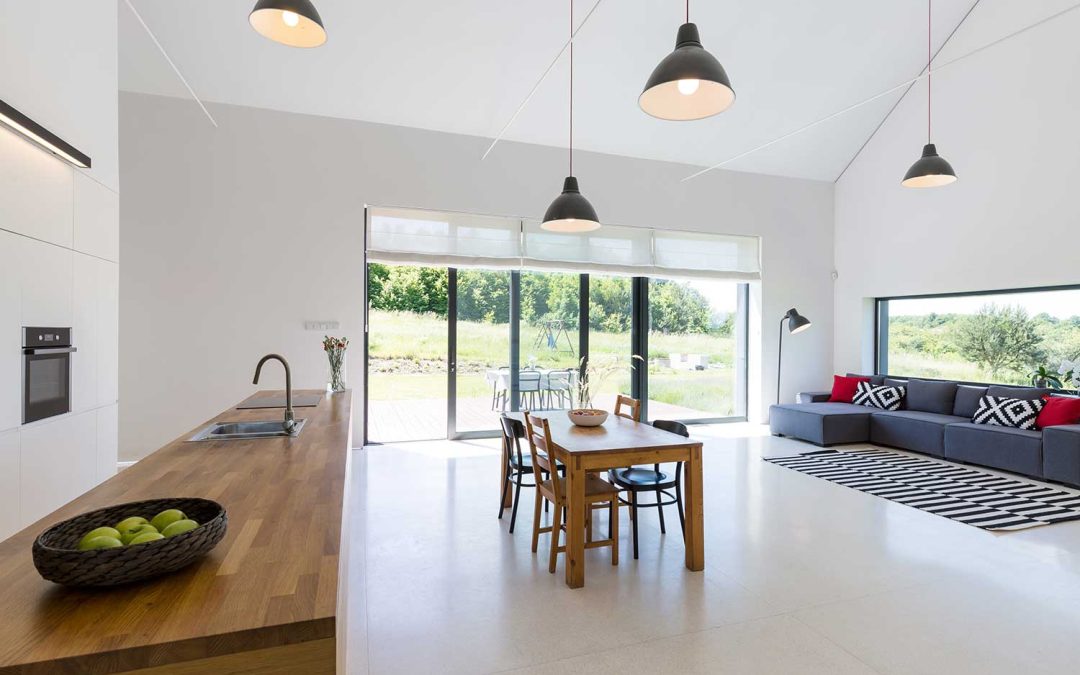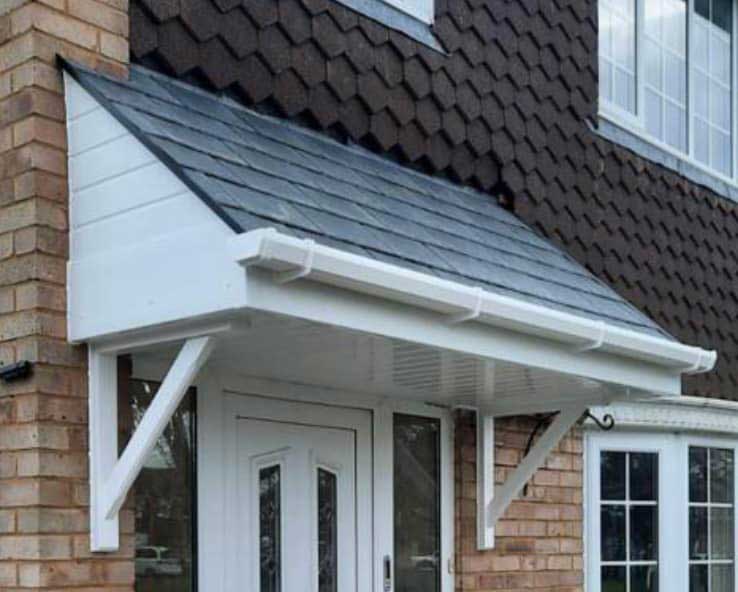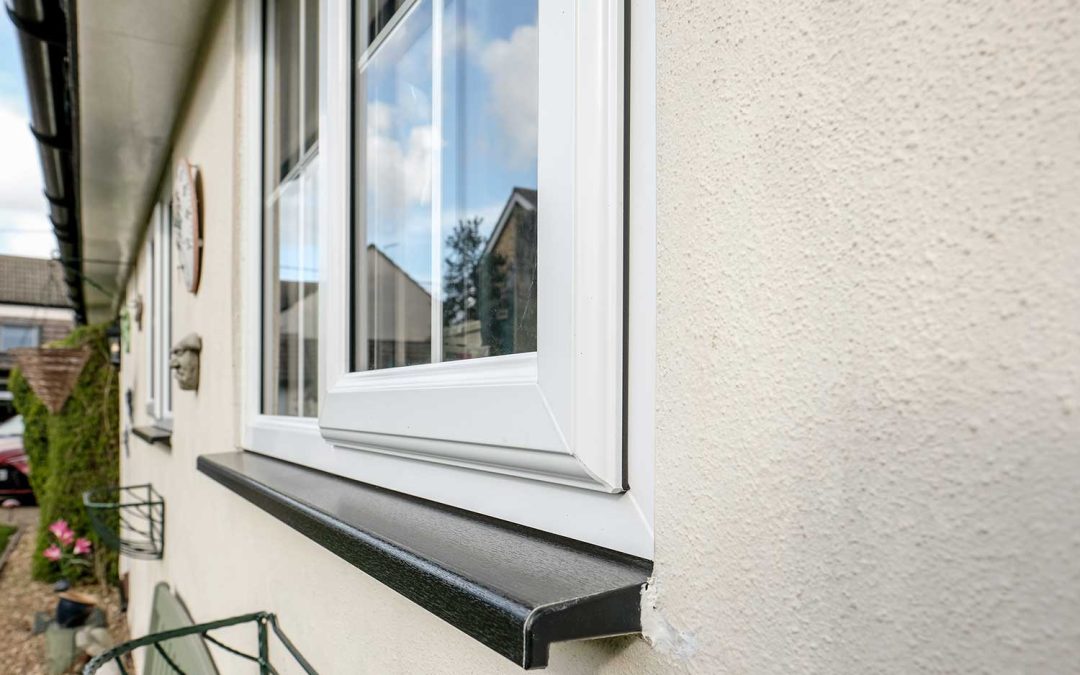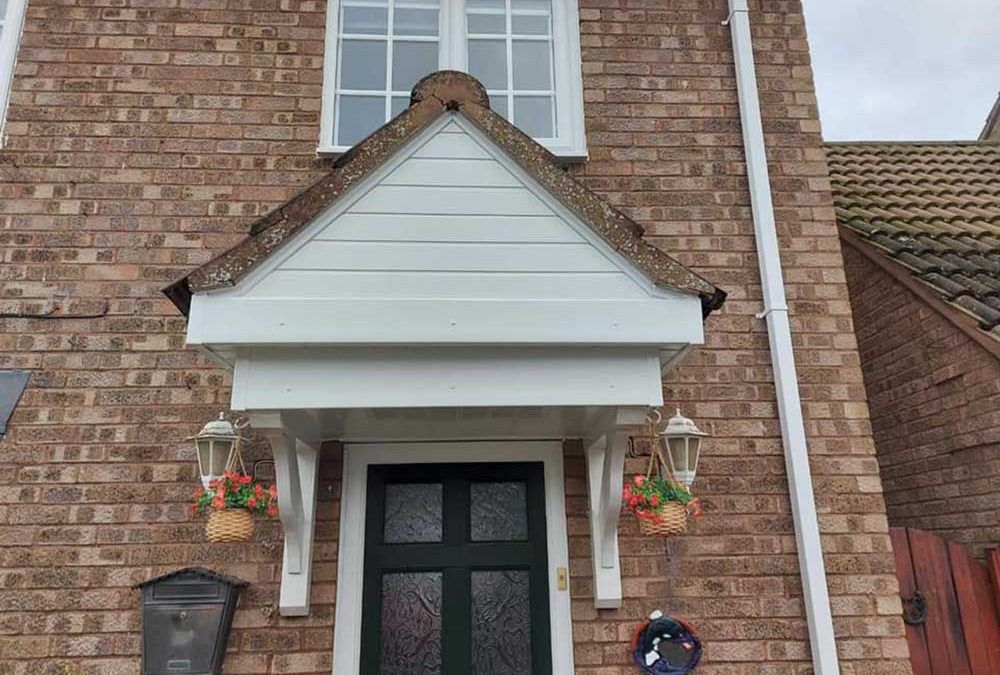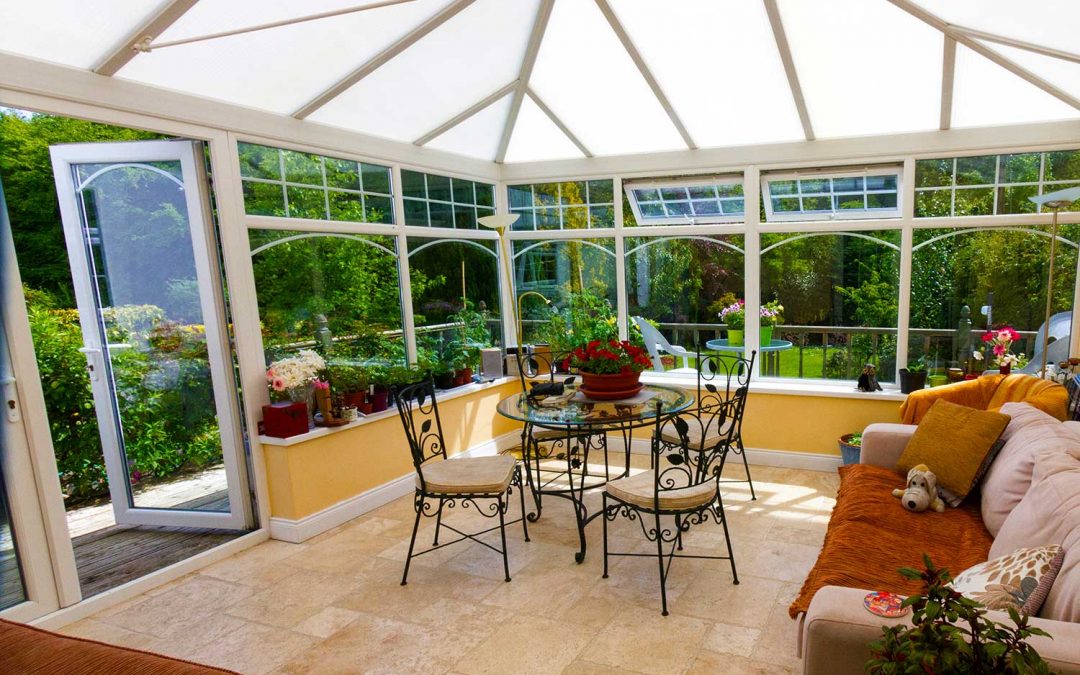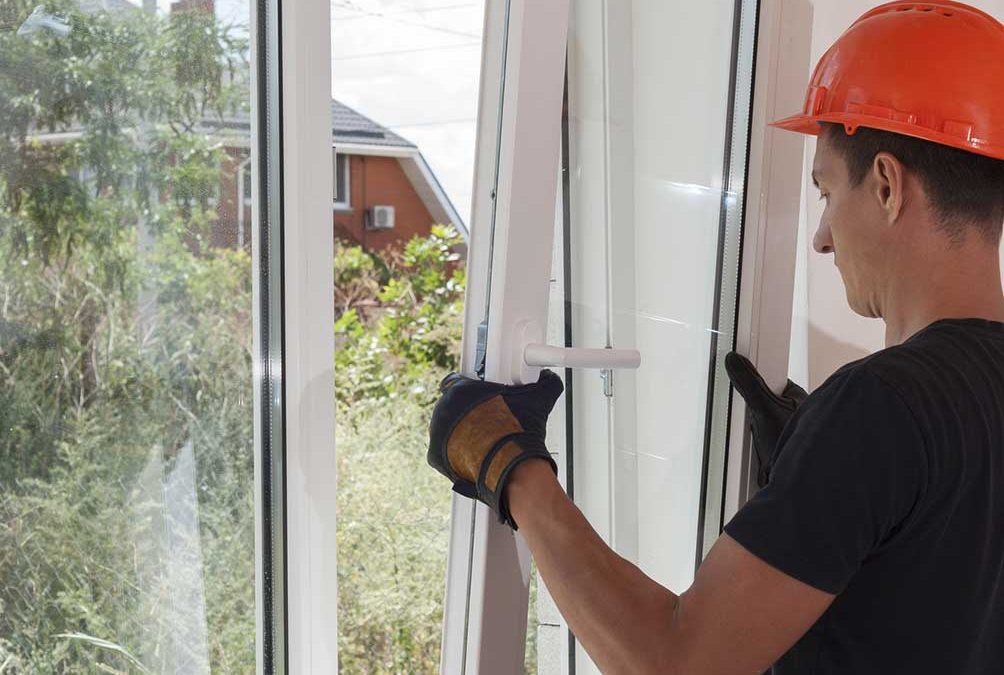Welcome to our latest exploration in home transformation, where we delve into the increasingly popular world of remote work and the creation of the perfect home office. As more of us in the UK, particularly in the picturesque counties of Cambs, Beds & Herts, embrace flexible working arrangements, the need for a dedicated, functional, and stylish workspace has never been more prominent – let’s explore some modern home office ideas.
Imagine a space in your home that is not just a desk and a chair, but a sanctuary of productivity and creativity. A place where the boundaries of traditional office design are redefined to align with your personal style and work needs. This is the essence of creating the ideal home office – it’s about crafting a space that not only meets your practical demands but also resonates with your personal aesthetic.
In this post, we’ll guide you through the journey of designing a home office that harmoniously blends functionality with individual flair. Whether you’re tucked away in a quaint Victorian terrace in Cambridge or nestled in a modern new build in Bedford, your home office can be a testament to your unique tastes while catering to the practicalities of remote work.
So, let’s embark on this exciting journey together, discovering how to transform an ordinary space into your own personalised productivity haven.
Assessing Your Space
Finding the Ideal Spot
The first step in designing a home office is selecting the right location within your home. This choice is crucial as it can significantly impact your productivity and comfort. When assessing potential spaces, consider the following:
- Natural Light: Aim for a spot with plenty of natural light. Sunlight not only enhances mood but also reduces eye strain and boosts your energy levels. Light can be a precious commodity during certain seasons, positioning your desk near a window can make all the difference.
- Quietness: Your workspace should be in a quiet area to minimise distractions. If you live in a bustling part of Cambridgeshire, look for a space that shields you from street noise. This could be a rear room or even a loft space, offering tranquillity essential for concentration.
- Space Considerations: Not everyone has the luxury of a large room to convert into an office. In such cases, think creatively about small office design ideas. Underutilised corners, alcoves, or even a portion of your bedroom can be transformed into a compact yet efficient work area. Remember, a well-designed small space can be just as effective as a large one.
Maximising Your Space
Once you’ve identified the potential spots for your home office, it’s time to maximise their potential:
- Ergonomic Layout: Consider your home office interior design and ensure that your workspace layout promotes good posture and ease of use. Even in a small area, the arrangement of your desk, chair, and computer should facilitate comfort and efficiency.
- Utilising Vertical Space: Cambridgeshire homes, especially historic ones, often come with unique architectural features. Leverage these by using vertical space for shelves or cabinets, which can be both practical and aesthetically pleasing.
- Shared Spaces: If your home office must be in a shared area, like the living room or kitchen, consider how to integrate it seamlessly. Use furniture and design elements to define the office space subtly, ensuring it complements the rest of the room.
Embracing Your Home’s Character
Homes range from historic to contemporary and your home office should reflect and respect the character of your house. For example, in a period property, consider how your office design can enhance original features like fireplaces or bay windows. In modern homes, sleek, minimalist designs might be more appropriate. This harmony between your workspace and your home’s overall style creates a sense of continuity and elegance.
By thoughtfully assessing and utilising your space, you can design a home office that not only meets your work needs but also enhances your home’s charm and character. With these considerations in mind, you’re well on your way to designing a workspace that is both functional and a true reflection of your personal style and the unique beauty of your home.
Designing a Home Office for Productivity and Comfort
Ergonomic Furniture Choices
A cornerstone of any effective home office is ergonomic furniture. This is not just about style; it’s about health and productivity. Here’s what to consider:
- Desks: Choose a desk that suits your height and working style. Adjustable desks are ideal as they allow for changes in posture throughout the day. Your home might have a unique layout, consider a desk that complements the space without overwhelming it.
- Chairs: An ergonomic chair is a must. It should support your back, encourage good posture, and be adjustable to fit your body comfortably. Remember, comfort is key when you’re spending hours at your desk.
- Keyboard and Mouse: Invest in ergonomically designed keyboards and mice to prevent strain on your wrists and hands.
Smart Storage Solutions
Clutter can be a major distraction and hinder productivity. Smart storage solutions are essential, especially in smaller homes:
- Shelving Units: Use shelves to keep important documents and office supplies within reach but off the desk. This helps maintain a tidy and organised workspace.
- Filing Systems: Whether it’s a traditional filing cabinet or modern digital systems, having a way to organise documents is crucial. Choose a system that fits your space and work habits.
- Cable Management: Keep your workspace neat by managing and hiding cables. Use cable organisers or built-in solutions to keep them out of sight and mind.
The Role of Colour Psychology
The colour of your home office can significantly affect your mood and productivity:
- Calming Colours: Blues and greens are known to create a calming atmosphere, ideal for concentration.
- Energising Colours: If you need more energy, consider warmer tones like yellows or light oranges.
- Neutral Palette: Neutral colours like greys, whites, and beiges can make a small space feel larger and brighter, suitable for varied light conditions.
Remember, the choice of colour should not only promote productivity but also reflect your personal style and the overall aesthetic of your home.
Integrating Technology Seamlessly
Harmonising Tech with Your Home’s Aesthetics
In today’s digital age, a home office needs to be tech-friendly, but that doesn’t mean compromising on style. Here’s how you can integrate technology seamlessly when designing your home office:
- Wireless Devices: Opt for wireless technology where possible. This reduces cable clutter and offers a cleaner, more organised workspace. Wireless printers, keyboards, and mice are great examples.
- Built-in Solutions: Consider built-in solutions for your tech needs. Custom shelving or desks with integrated cable management systems can hide unsightly wires and keep your tech neatly organised. In homes where traditional meets contemporary, such built-ins can offer a perfect blend of modern functionality and classic style.
- Adequate Power Outlets: Ensure you have enough power outlets to accommodate all your devices. If necessary, get additional outlets professionally installed. This is especially important in older homes where outlet availability might be limited.
Ensuring Reliable Connectivity
A successful home office also hinges on reliable connectivity:
- High-Speed Internet: An essential for any home office, ensure your internet speed and Wi-Fi coverage is strong and reliable. In areas with weaker signals, consider a Wi-Fi extender or a wired internet connection for uninterrupted connectivity.
- Smart Home Devices: Smart speakers and assistants can enhance your productivity, allowing for hands-free operation and efficient time management.
- Data Backup Solutions: Protect your work with reliable data backup solutions. Cloud storage or an external hard drive can save you from potential data loss.
Balancing Tech with Personal Style
While technology is crucial, it shouldn’t overshadow your personal style:
- Tech that Complements Decor: Choose tech items that complement your office’s aesthetic. Many tech products now come in various designs and colours that can enhance rather than detract from your decor.
- Hide the Tech When Not in Use: Consider furniture that allows you to conceal your technology when not in use, like desks with hidden compartments or cabinets for printers and routers.
By thoughtfully integrating technology into your home office, you can create a space that is both highly functional and harmoniously aligned with the unique style of your home. In the next section, we will explore ways to personalise your workspace, adding those individual touches that make the space truly yours.
Personalising Your Space
Reflecting Your Personality in Your Home Office
The best home offices are those that reflect the individuality of their occupants. Here’s how you can infuse your personal style when designing your home office:
- Art and Decor: Incorporate art pieces or photographs that inspire you and bring joy.
- Personal Mementos: Place items that have personal significance to you, like souvenirs from travels or gifts from loved ones. These small touches not only personalise your space but also serve as reminders of happy memories and thus promoting productivity.
- Greenery and Nature: Adding plants can bring life to your workspace, improve air quality, and reduce stress. Choose low-maintenance indoor plants that thrive in your office’s light conditions.
Honouring Local Heritage
Integrating local elements that celebrate your areas heritage can add a unique charm to your home office:
- Local Craftsmanship: Consider furniture or decor pieces crafted by local artisans. This not only supports the local economy but also adds a story and authenticity to your space.
- Architectural Elements: If your home has distinctive architectural features, like exposed beams or brickwork, highlight these in your office design. These elements can serve as a great backdrop or focal point in your workspace.
- Colour and Texture: Use colours and textures that resonate with the local landscape – soft earth tones, greens, and blues can create a serene environment reflective of the natural scenery.
Creating a Flexible and Evolving Space
Your needs and tastes may evolve over time, and so should your home office:
- Adaptable Furniture: Choose furniture that can adapt to different uses or can be easily rearranged for a fresh look.
- Modular Storage: Opt for modular storage systems that can be expanded or reconfigured as your storage needs change.
- Changeable Decor: Use items like cushions, throws, and rugs, which can be easily switched out to update the look and feel of your office without a major overhaul.
By personalising your home office, you not only create a space that is a joy to work in but also one that truly reflects who you are. In our final section, we’ll discuss why seeking professional help is crucial in bringing your ideal home office to life.
Why Professional Help Matters
Expertise in Design and Functionality
Designing the perfect home office is more than just selecting furniture and décor; it involves thoughtful planning and design, especially in homes where space and layout can be unique. Here’s why professional input from teams like GAP Home Improvements is invaluable:
- Custom Solutions: Professionals can provide bespoke solutions that perfectly fit your space, style, and needs. This is particularly beneficial in homes that may have irregular layouts or historical features.
- Structural Considerations: If your home office requires more significant changes, like built-in furniture or altering room layouts, professionals ensure these are done safely and in compliance with building regulations.
- Maximising Space and Light: Experts can advise on how to make the most of the available space and natural light, a crucial aspect where homes vary greatly in size and layout.
Seamless Integration with Home Aesthetics
A professional can help integrate your home office into the overall aesthetic of your home, ensuring a seamless blend of functionality and style:
- Cohesive Design: They can guide you in choosing materials, colours, and designs that complement the rest of your home.
- Attention to Detail: Professionals bring a level of detail and craftsmanship to the project, from custom cabinetry to ergonomic layouts, that might be challenging to achieve on your own.
- Quality Assurance: With professional help, you can be assured of the quality and durability of the work, giving you peace of mind and potentially increasing your home’s value.
Conclusion
In our journey through the design and creation of a home office, we’ve explored how such a space can be both a functional workspace and a personal sanctuary. From choosing the right location, designing for comfort and productivity, seamlessly integrating technology, to personalising with style and character, each element plays a critical role in crafting an ideal home office.
Remember, while it’s tempting to tackle such a project on your own, the complexity and nuances involved in creating a perfectly balanced home office make professional expertise indispensable. By partnering with GAP Home Improvements, you ensure that your home office is not just a functional space but a beautifully integrated part of your home, crafted to meet your unique needs and style and a place of productivity.






